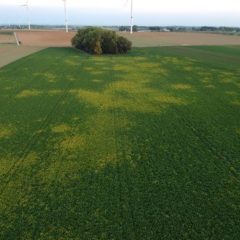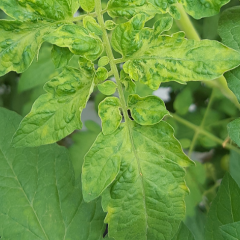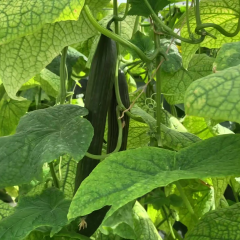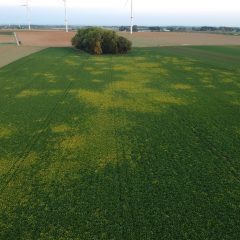Research project Valorization of HTS output data in view of timely risk assessment of regulated or emerging plant viruses - 2023- E447
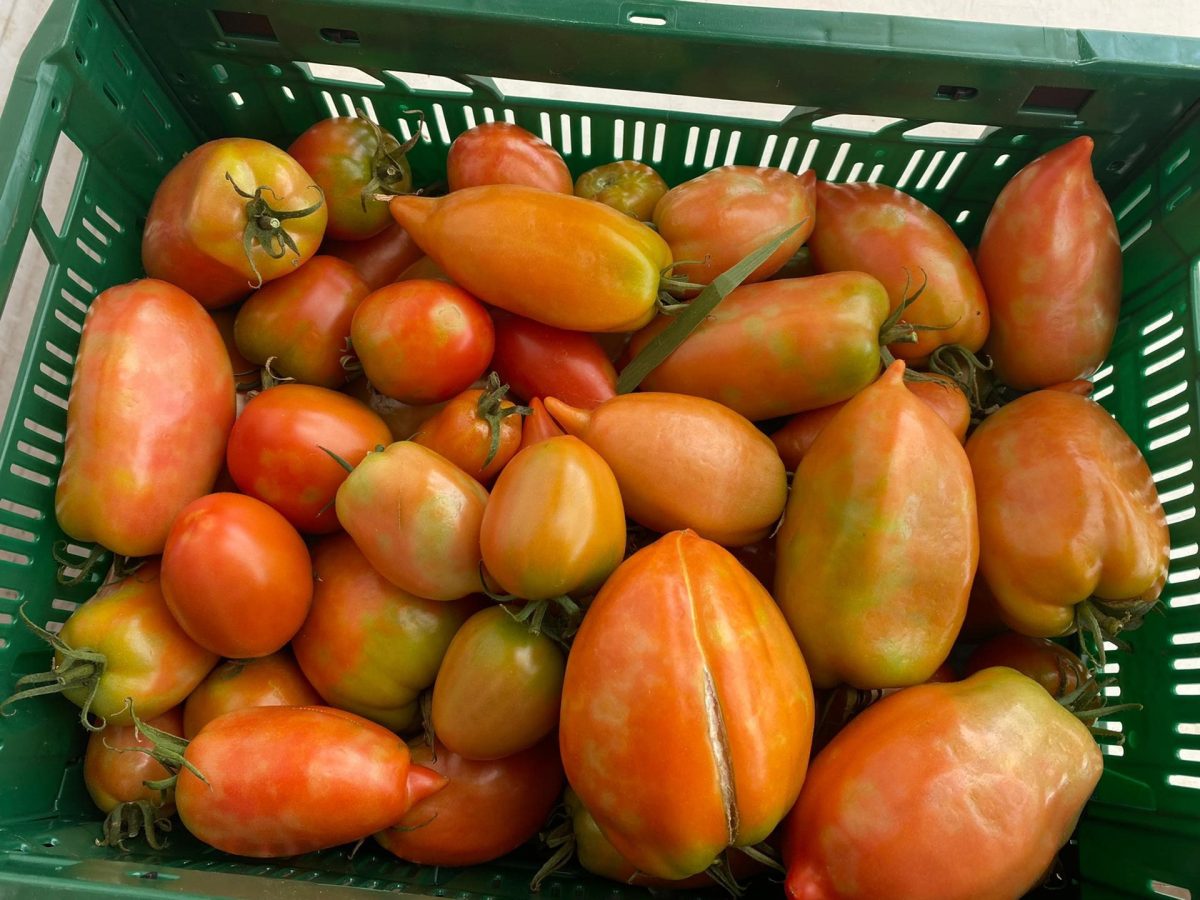
General introduction
High-throughput sequencing (HTS) has become an indispensable technology in plant health research and diagnostics in recent years, particularly in plant virology. In many research projects, HTS is used as a broad, non-targeted virus screening technique that detects known viruses in expected hosts, but also identifies less characterized pathogenic viruses, for example in new hosts or even entirely new viruses. Especially for these last two categories, the phytosanitary risks are insufficiently understood or unknown, although they can potentially be significant. However, there is often no room or budget within projects to thoroughly investigate these unexpectedly detected viruses and potential risks. The VIRISK project addresses this gap and focuses on three of the most concerning viruses: Physostegia chlorotic mottle virus (PhCMoV), potato yellowing virus (PYV), and tomato fruit blotch virus (ToFBV).
Research approach
We thus compile an inventory of known, less known, and unknown viruses and their available biological information based on ongoing or completed HTS screenings. Criteria are then be formulated to identify the viruses of interest. During this process, we also refine and apply a previously developed framework that assists in prioritizing biological characterization steps when discovering new viruses. PhCMoV, PYV, and ToFBV serve as test cases for these criteria and this framework and are further biologically characterized through bioassays and surveys. The results of these characterizations are included in pest risk analysis documents made available to stakeholders.
Relevance/Valorization
The viruses Physostegia chlorotic mottle virus (PhCMoV), potato yellowing virus (PYV) and tomato fruit blotch virus (ToFBV) have been selected because of their emerging status and potential impact on crops in our region. In addition, knowledge development is also expected on other viruses of importance, with also a complete or partial characterization. This research significantly increases our knowledge of emerging viruses of concern. The standardized criteria and the developed 'framework' may be used permanently and usefully in the future. The entire plant and nature sector will probably soon be better able to assess and control the risks of new or insufficiently characterized viruses. This contributes to the development of scientifically substantiated policy for the control of viruses of concern, which will lead to more effective risk management and better crop protection.
Financing
FOD Volksgezondheid, Veiligheid van de voedselketen en Leefmilieu


